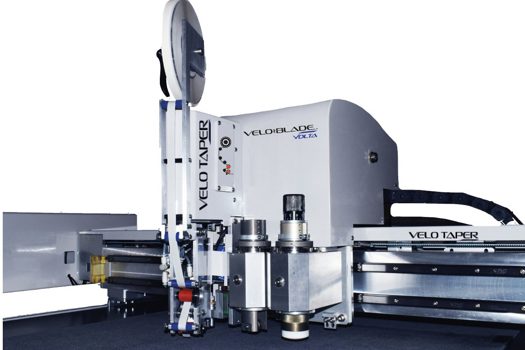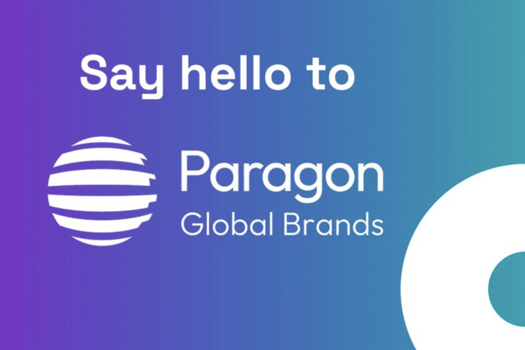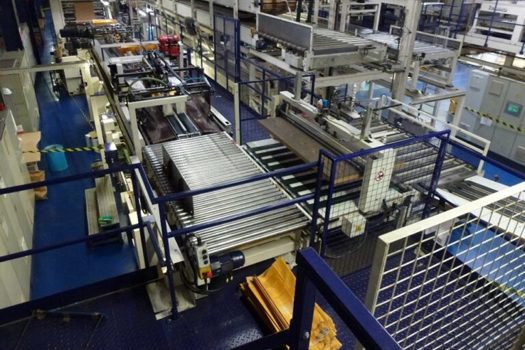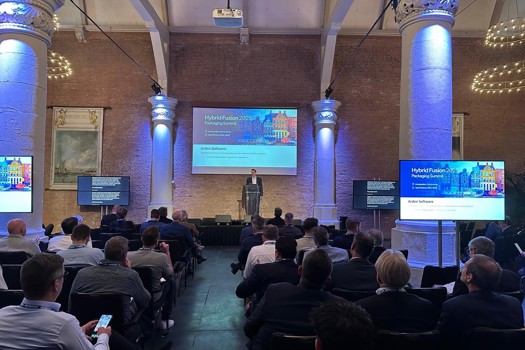Professor David Frohlich of the University of Surrey’s Digital World Research Centre submitted the idea for what he calls Next Generation Paper and applied for the grant last autumn. The project, which is intended for the travel and tourism industry, will aim to develop a new form of paper with hyperlinks to the web, developing a “Harry Potter-style portrait”. Interactive documents could have links to video clips, animations, sound recordings or music.
Frohlich is aiming to go beyond scanning printed QR codes with a smartphone, the early method of linking paper and digital information, instead aiming for, amongst other things, full document recognition.
An approximate 12-person team of six researchers and six investigators, headed up by Frohlich, will begin work on 1 October on the two-and-half-year project. The project is supported by partners including Emirates Holidays, Finnish publisher Otava and HP, Frohlich’s former employer of 14 years.
There were 133 submissions, 24 full bids and seven winners, with Frohlich’s team judged to have come first. Other winning bids include projects from City University and the University of Bristol.
Frohlich said: “We think of it playing into the debate about the future of paper and paper versus e-books. E-books are valuable, there is a big market there, but paper hasn’t gone away and we don’t think it’s going to go away anytime soon.
“It has different affordances to screens and so the technology we are thinking about is connecting paper to the things around it, screen-based devices and also audio.”
Frohlich, who has previously worked on an interactive newsprint project that allowed users to listen to recordings while reading a newspaper, highlighted the commercial aspect of this particular project as setting it apart from other QR or augmented reality works in existence.
It will end with two fully-developed prototypes, one of 'second-generation' paper, meaning optical, and the other, 'third-generation', meaning printed electronic paper that interacts with the world around it.
“People like me have been working in this area for years and years but it’s approaching a tipping point so I want this project to be fairly commercially-orientated,” added Frohlich.
“So it needs to be drop-dead simple and very scalable between these generations of papers, the optical and the electronic, and I think then it could be a foundation into taking off into the mainstream."
Earlier this year, scientists at the University of California developed a light-printable, ink-free rewritable paper that uses nano technology.










